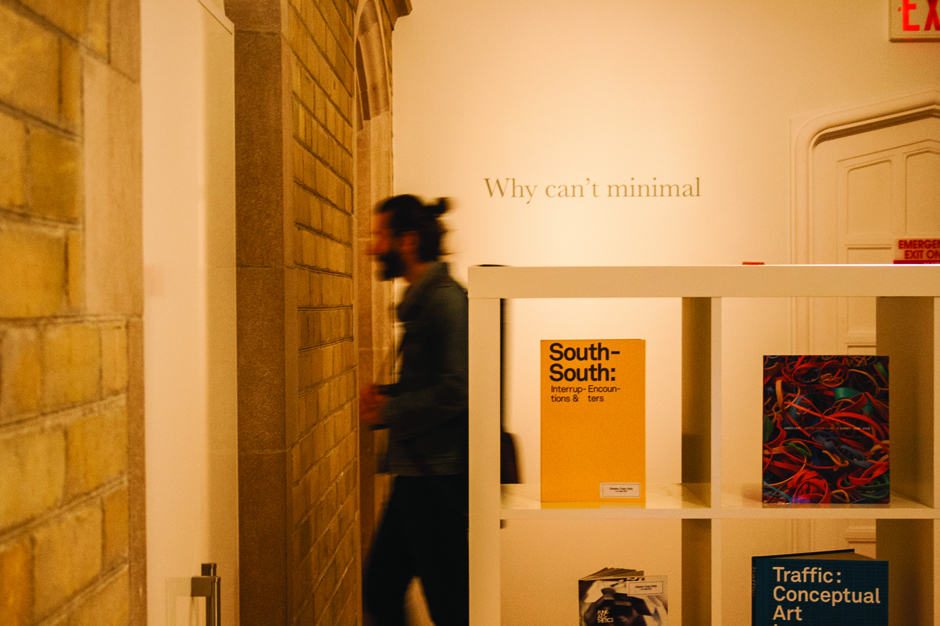In January of 2011, during a safety information session, a Toronto police officer told women at Osgoode Hall Law School that if they wanted to remain safe, they should not dress “like sluts.” The comment spurred an outrage and catalyzed the birth of a new protest movement: the SlutWalk. Currently featured at Hart House’s Barnicke Gallery is Anatomy of a Protest, an exhibition that chronicles the first SlutWalk.
Now a global resistance movement, SlutWalk reclaims the word “slut” and confronts both victim-blaming and slut-shaming behaviour. In other words, SlutWalk activists want to challenge the idea that victims are responsible for their victimization — it is a battle against rape culture. This seems straightforward, but when it comes to loaded issues like rape and terms like “slut,” there is always controversy.
Wendy Coburn’s exhibition is about those controversies and some of the problems that social movements face. The staple of the exhibit is Coburn’s film Slut Nation: The Anatomy of a Protest, which depicts the first-ever slut walk. Photos from the media and those who attended the event are also featured.
Coburn shows that, even with hundreds of passionate people gathering on the streets in unity, getting the right message across can be far from simple. If a cause is misrepresented by a select few, it can undermine the movement as a whole. The artist suggests that, in the case of SlutWalk and the G20 riots, misrepresentations have had much to do with the very system that is meant to “serve and protect” us.
Now is a really good time for exhibitions like this. Yes, it always makes sense to talk about human rights and to take action against injustice, just as it’s always valuable to question one’s own compliance in these matters. But this exhibit comes at a time when women are saying they aren’t feminists and claiming they don’t need feminism. This is in light of the pervasive stereotypes that continue to exist. Of course, it’s also a good time to talk about the hundreds of Indigenous women who have gone missing in Canada over the past few decades — a subject that doesn’t come up nearly enough.
Anatomy of a Protest is an exhibition that is all about the politics of resistance. What’s special about the exhibition is that it documents the resistance on both ends of the issues it deals with. Resistance is too often associated with only those groups that are oppressed, but Coburn reminds us that dominant parties resist just as much.
I recommend the exhibition to anyone who is interested in politics and protest culture. It’s on until December 19. On Wednesday, November 12, Coburn will be present for a panel discussion at the Hart House Debates Room.


